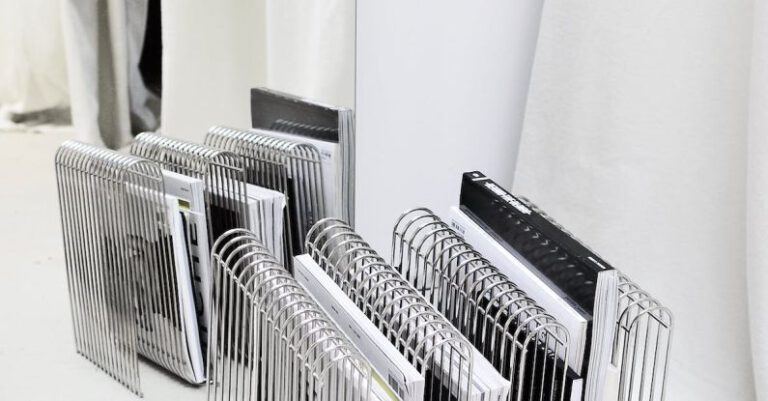How Do Robot Vacuums Compare to Traditional Cleaning?
In the ever-evolving world of technology, traditional household chores are being revolutionized by the introduction of robotic devices. One such innovation that has gained significant popularity in recent years is the robot vacuum. These autonomous cleaning machines offer a hands-free approach to keeping your floors tidy, but how do they stack up against traditional cleaning methods? Let’s delve deeper into the realm of robot vacuums and compare their efficiency, convenience, and effectiveness to that of traditional cleaning techniques.
Efficiency of Cleaning
When it comes to efficiency, robot vacuums have a distinct advantage over traditional cleaning methods. These intelligent devices are equipped with sensors and advanced navigation systems that allow them to move around furniture, avoid obstacles, and cover a large area without human intervention. Unlike traditional vacuums that require manual operation and constant monitoring, robot vacuums can work autonomously, ensuring that every nook and cranny of your home is cleaned thoroughly.
The convenience of Automation
One of the biggest draws of robot vacuums is their convenience. With just a tap on your smartphone or a voice command to your smart home device, you can schedule your robot vacuum to clean at specific times, even when you’re not at home. This hands-free approach to cleaning allows you to multitask, run errands, or simply relax while your robot vacuum takes care of the dirty work. In contrast, traditional cleaning methods involve physically pushing and maneuvering a vacuum cleaner, which can be tiresome and time-consuming.
Effectiveness in Cleaning
While robot vacuums excel in their ability to clean autonomously and with minimal effort on your part, some may argue that they are not as effective as traditional vacuum cleaners when it comes to deep cleaning. Traditional vacuum cleaners typically have more powerful suction capabilities and larger dustbins, making them better suited for heavy-duty cleaning tasks. Moreover, traditional vacuums offer a wider range of attachments and settings that allow for customized cleaning based on different floor types and surfaces.
Maintenance and Upkeep
One aspect where traditional cleaning methods have an edge over robot vacuums is in maintenance and upkeep. Robot vacuums require regular maintenance, such as emptying the dustbin, cleaning the brushes, and ensuring that sensors are free from debris to function optimally. Additionally, robot vacuums may get stuck on obstacles or require manual intervention if they encounter challenging terrain. In comparison, traditional vacuum cleaners are straightforward to maintain and do not rely on complex technology for operation.
Adaptability to Different Surfaces
When it comes to cleaning different types of surfaces, traditional vacuum cleaners offer more versatility compared to robot vacuums. Traditional vacuums come with adjustable settings and attachments that allow you to clean carpets, hardwood floors, tiles, and upholstery with ease. In contrast, while robot vacuums can navigate across various surfaces, they may struggle with thick carpets or uneven terrain. However, advancements in technology have led to the development of robot vacuums with improved suction power and brush designs to cater to different floor types.
The Verdict
In conclusion, the comparison between robot vacuums and traditional cleaning methods ultimately boils down to personal preference and specific cleaning needs. Robot vacuums offer unmatched convenience and autonomy, making them ideal for busy individuals or those looking to simplify their cleaning routine. On the other hand, traditional vacuum cleaners remain a reliable choice for deep cleaning and tackling tough messes. Ultimately, the ideal cleaning solution may involve a combination of both robot vacuums and traditional cleaning methods to achieve a spotless home with minimal effort.






